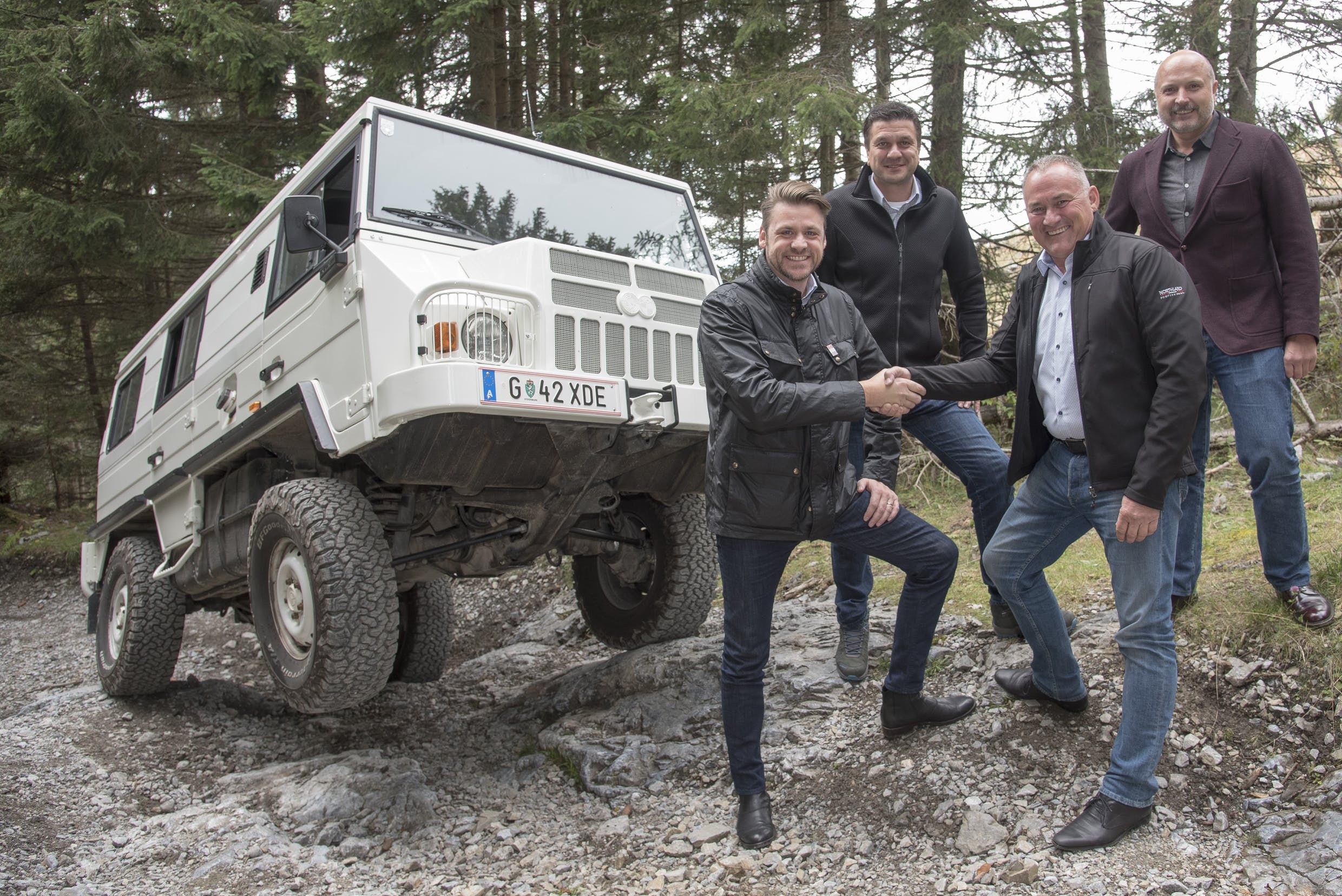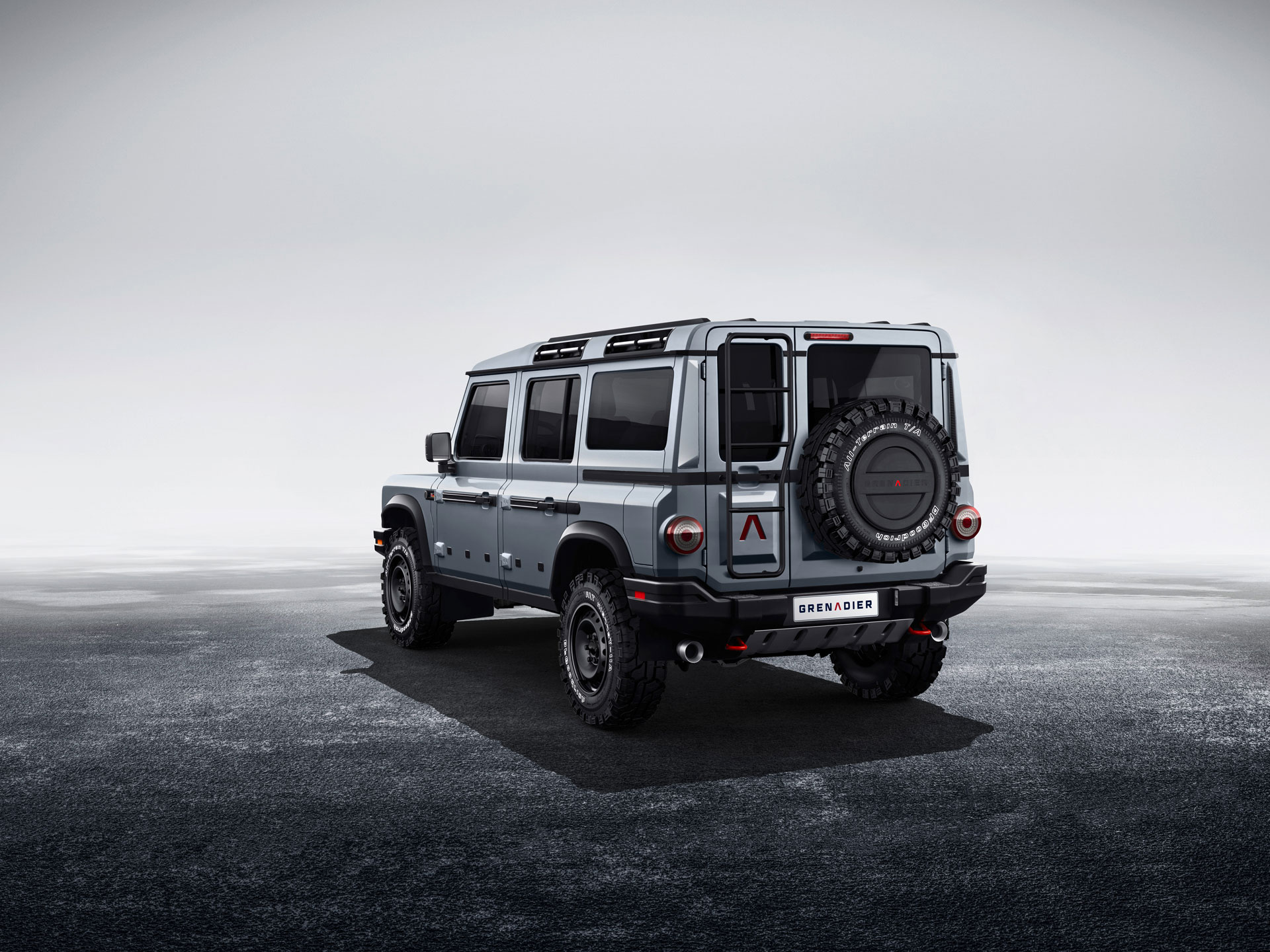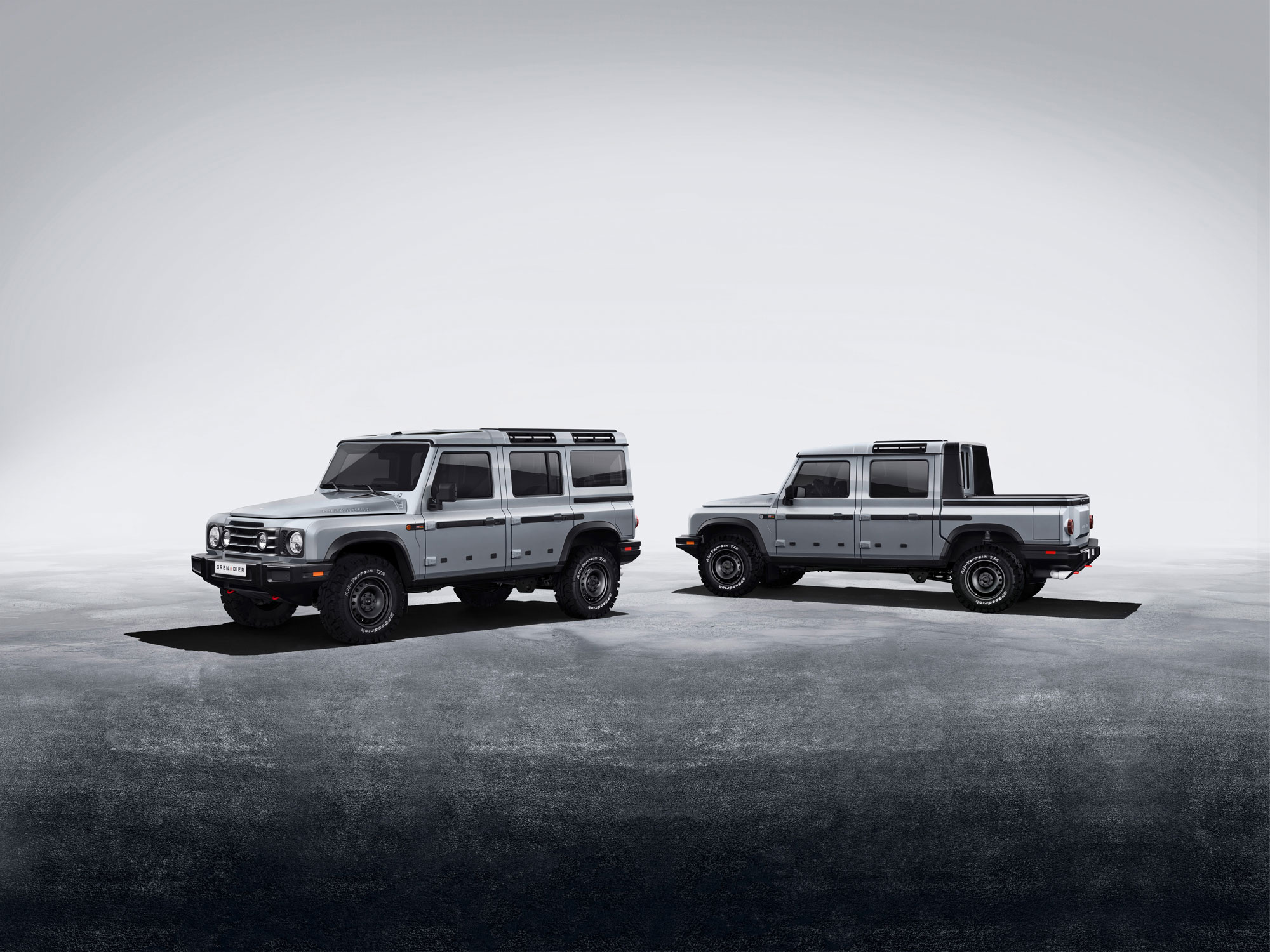There are moments in time when greatness coincides with the market—with consumer and commercial demand. The Unimog came back to North America 10 years too soon, and so did the 1993 Defender 110. However, the team at Ineos appears to have timed the release of their Grenadier exactly on queue. 
I think Sir Jim Ratcliffe, Chairman of INEOS, has said it best: “The Grenadier project started by identifying a gap in the market, abandoned by a number of manufacturers, for a utilitarian off-road vehicle. This gave us our engineering blueprint for a capable, durable and reliable 4×4 built to handle the world’s harshest environments.”
Note that there is not a single gaff in his statement. There is a gap (true). He wanted to build a capable, durable, reliable 4×4. Built to handle the world’s harshest environments? Sign me up. There is not a single ridiculous platitude on their website. No meaningless blathering about lifestyle, influencers, or synergy. It has solid axles, and they have partnerships with companies like Magna Steyr, the manufacturer of the Pinzgauer—oh, and the G-Wagen. Here is a photo of the INEOS team posing with a proper 4WD on a proper 4WD test track. Proper.


They are also producing the vehicle in the UK, with a 600-million-pound investment and over 500 jobs.
From a functionality standpoint, the Grenadier is ideal, featuring a box interior, straight sides, and a short hood. The lines are a nod to both the Defender and the G-Class (a good foundation to start from). The rear also showcases barn doors, which have become the preferred configuration for both travelers and NGOs, allowing full interior access to the rear of the vehicle for loading equipment, accessing a drawer system, or hauling in personnel.
There are a few things I find particularly interesting (and somewhat unknown), like the two alpine windows that are actually handles (or extreme duty attachment points) and the large independent sunroofs. These will have many advantages, including improving interior lighting and visibility, but also the fitment of guns, observation portals, and for roof access. The roof also looks well suited to a load, with proper rain gutters and four long reinforcement and attachment rails. There are outside accessible storage boxes and reinforced rub rails along the doors. The smaller rear door has a kickout for additional storage (likely a tool or medical kit). Given that the white letters are visible on the spare, it is not likely reversed like on the G-Glass (too bad, as it makes a great spot for a small fuel can). The ladder looks perfect.

INEOS has also not been any more secretive than necessary. For over a year, they have steadily released thoughtful content that describes the vehicles systems and design requirements. Those interviewed are not actors, but engineers. The frame is a boxed steel ladder design. The axles are beam design with locking differentials. The renderings show a 33-inch-tall BFGoodrich AT, short approach and departure angles, and full front and rear skid plates. Large red recovery points are seen at each corner, which may accommodate airlift, but is certainly ideal for trail work and lashing in a container for Madagascar.
While full technical details are not available yet, it is easy to infer the suspected end result. Long trailing arms are visible in the rear, which indicates proper wheel travel, and likely a coil-sprung (optional air) rear suspension for load capacity. The rake of the chassis would lead me to believe a metric ton capacity is likely, with special editions to support radio boxes, ambulance, and field equipment. I like the look of the Ute, with a small bed and four full-size doors. It’s a perfect candidate for a habitat unit. ineosgrenadier.com It is also possible to sign up for updates and to get in line for ordering a Grenadier: Sign up here.




